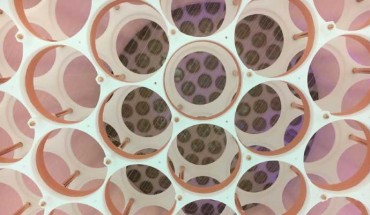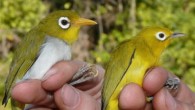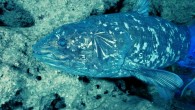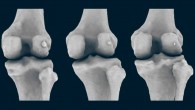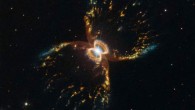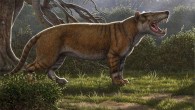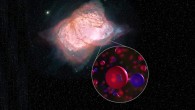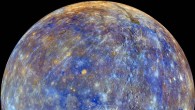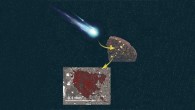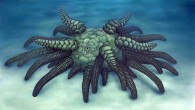The half-life of a process is the time after which half of the radioactive nuclei present in a sample have decayed away. Using the XENON1T dark-matter detector, a 1,300-kg vat of super-pure liquid xenon shielded from cosmic rays in a cryostat submerged in water deep 1.5 km beneath the Gran Sasso mountains of Italy, physicists from the XENON Collaboration were able to observe the decay of xenon-124 atomic nuclei for the first time. The half-life measured...

